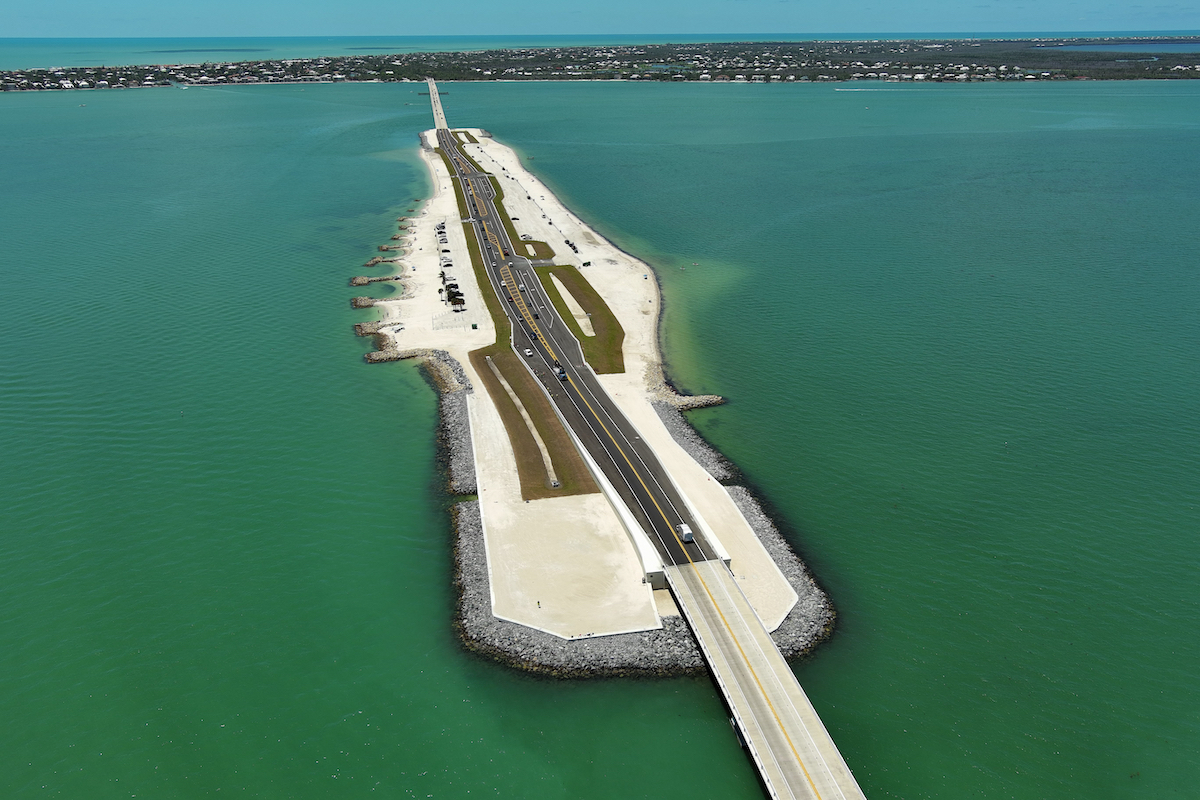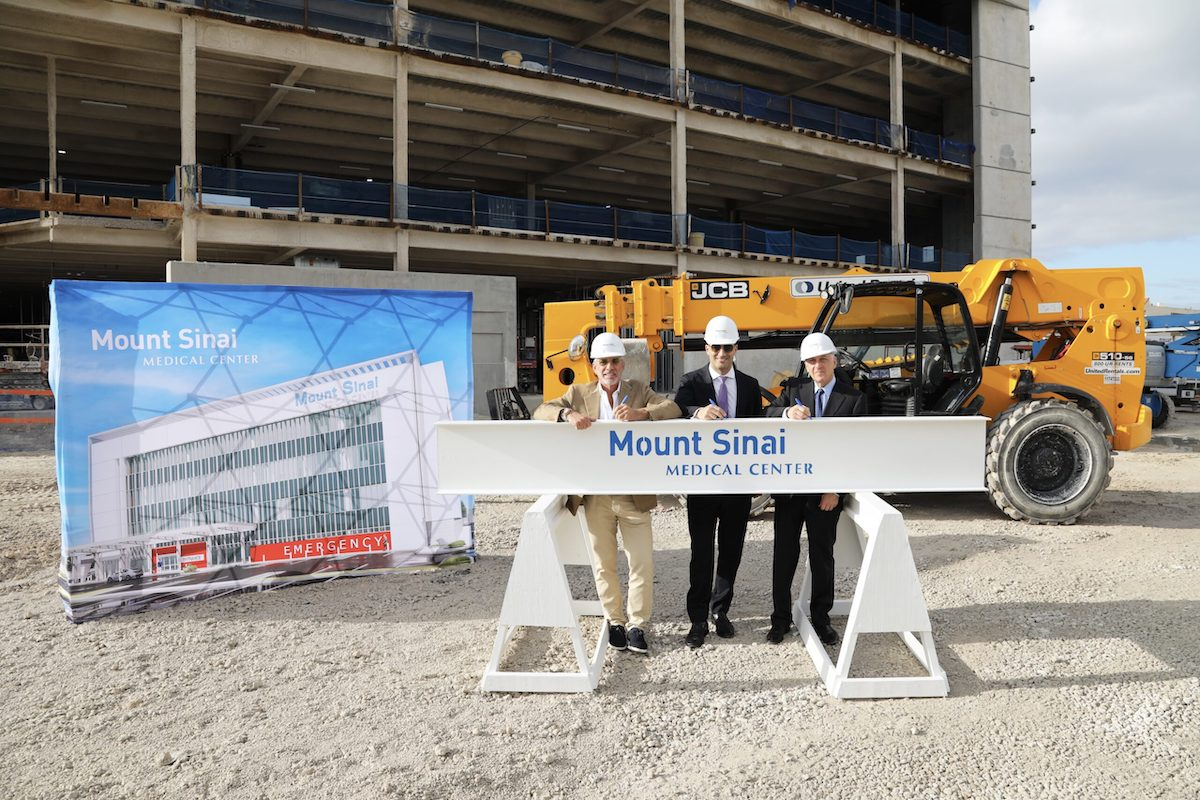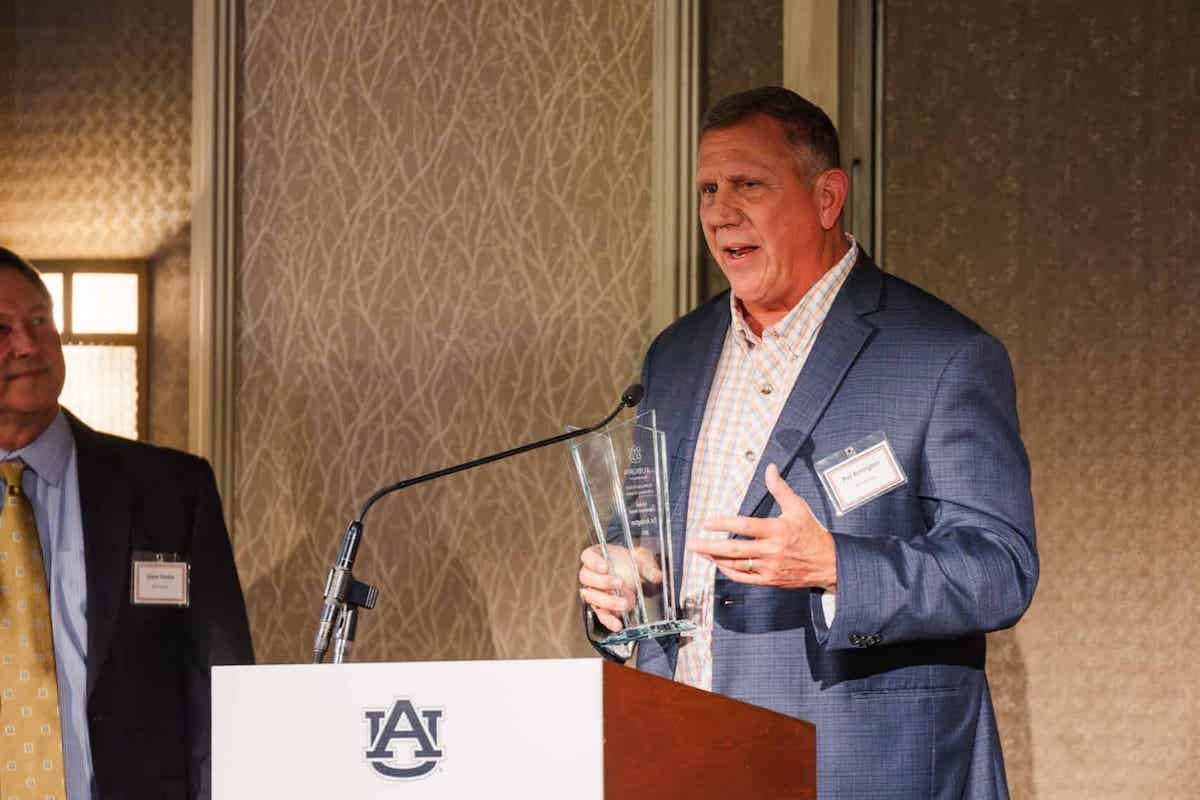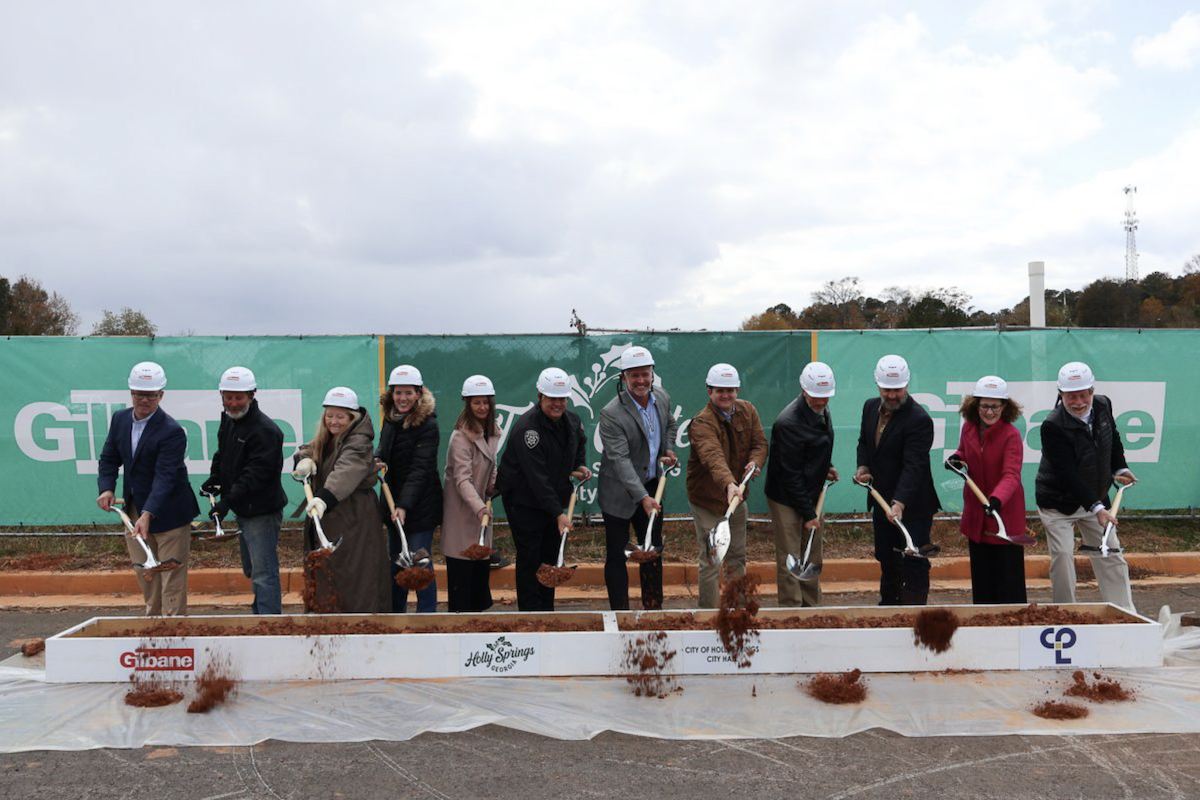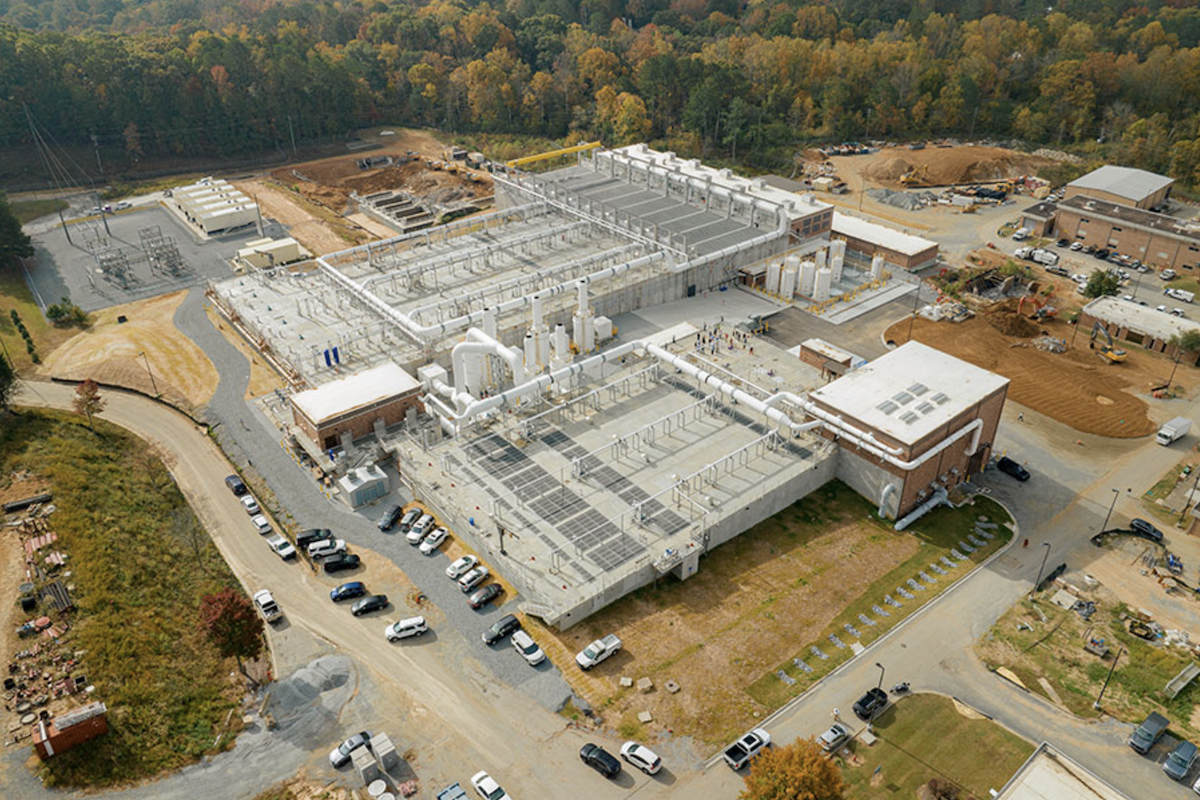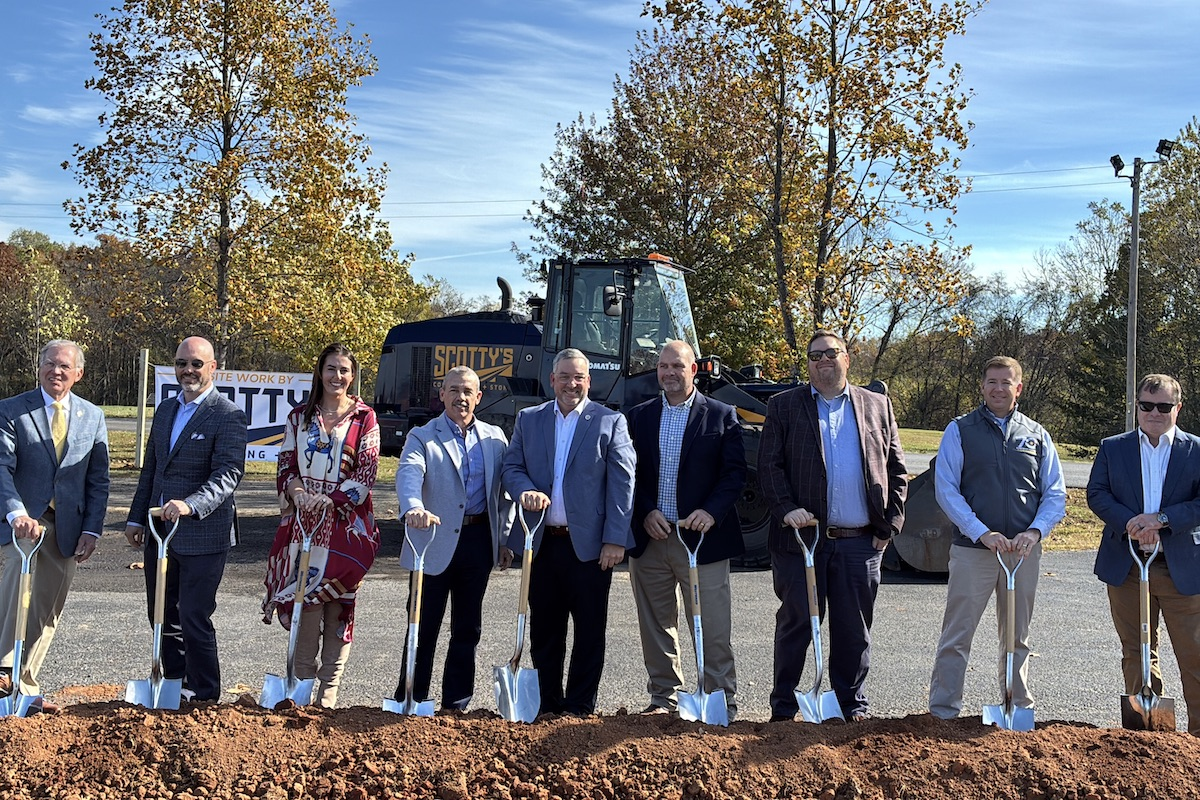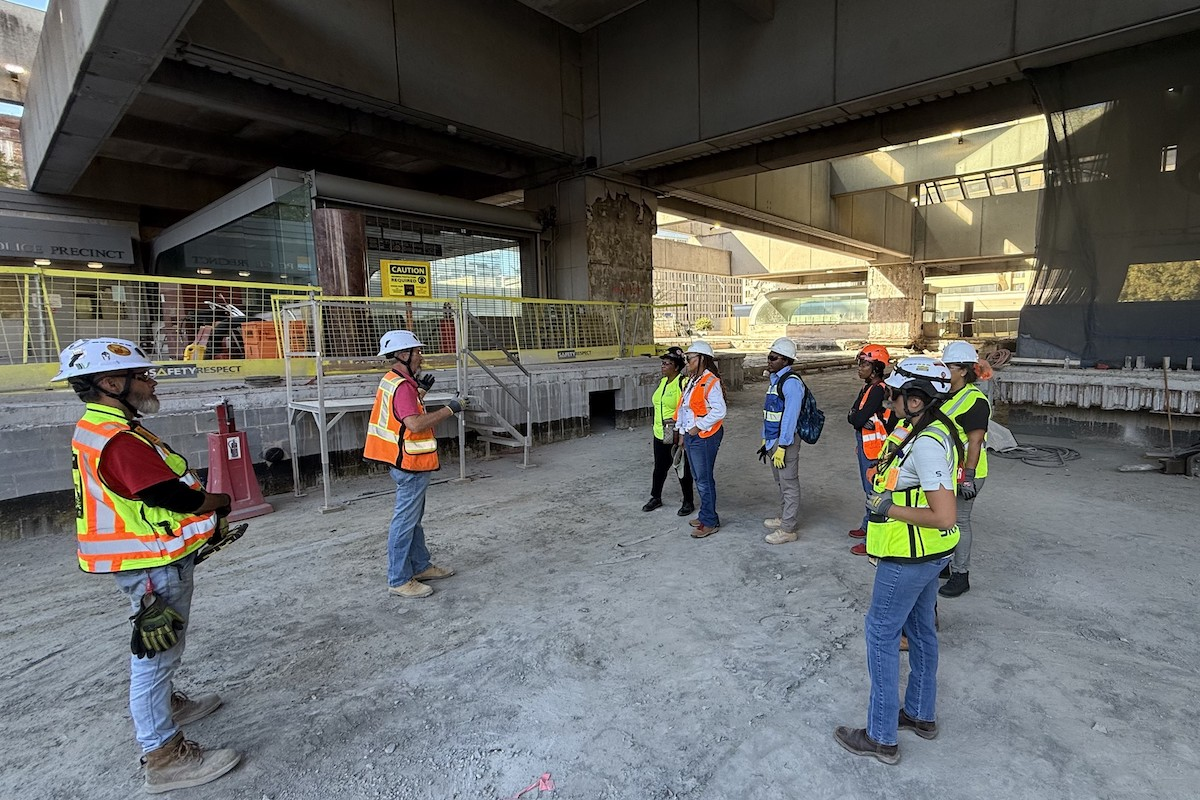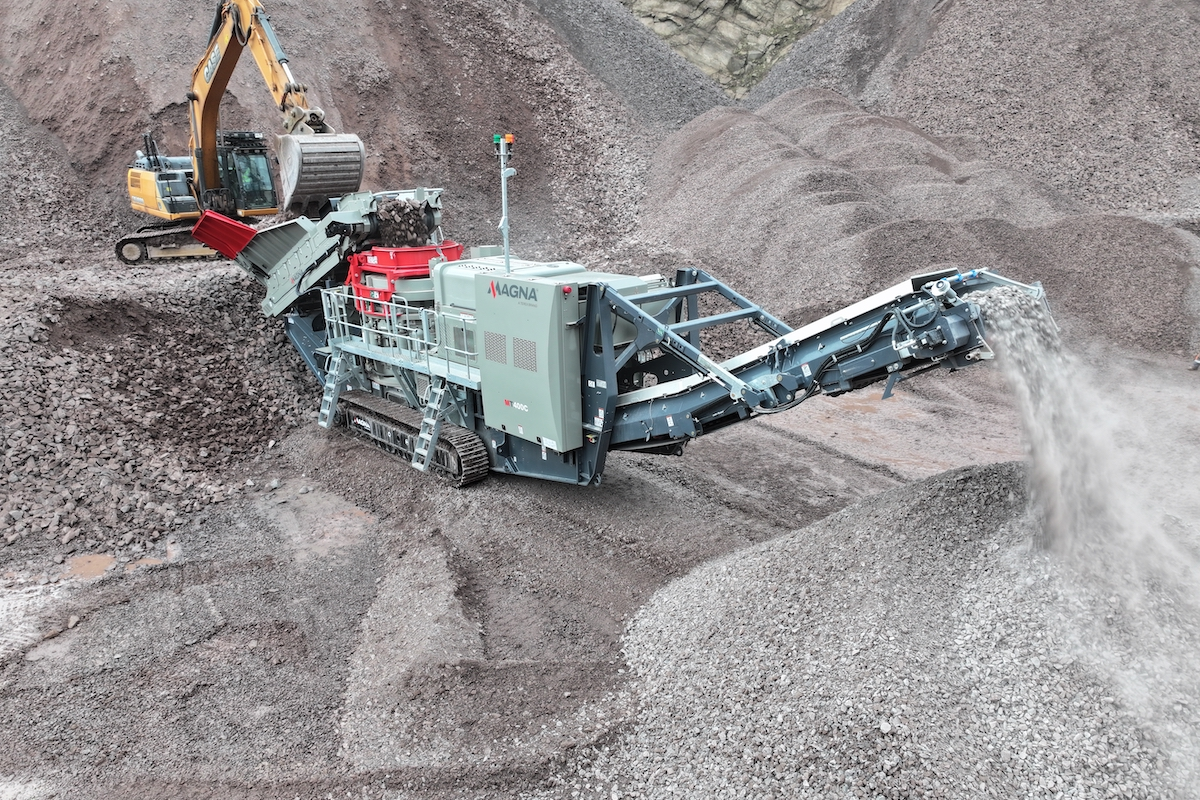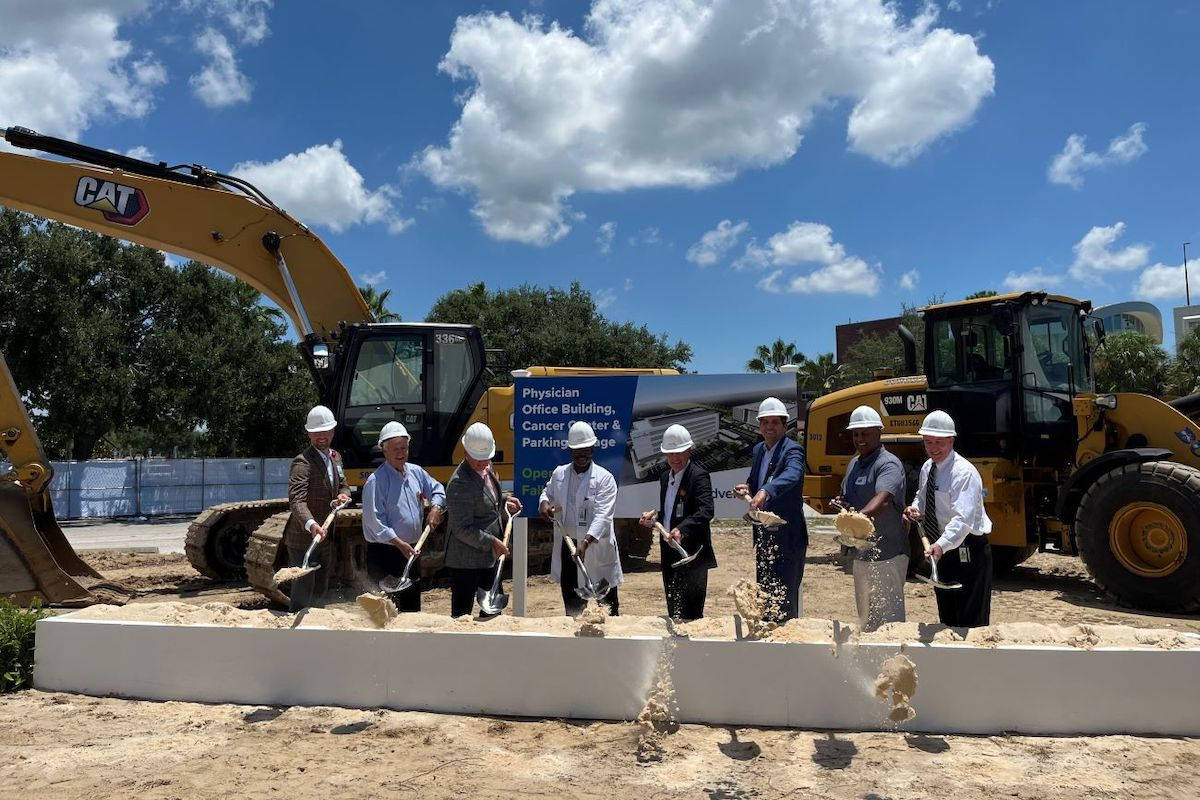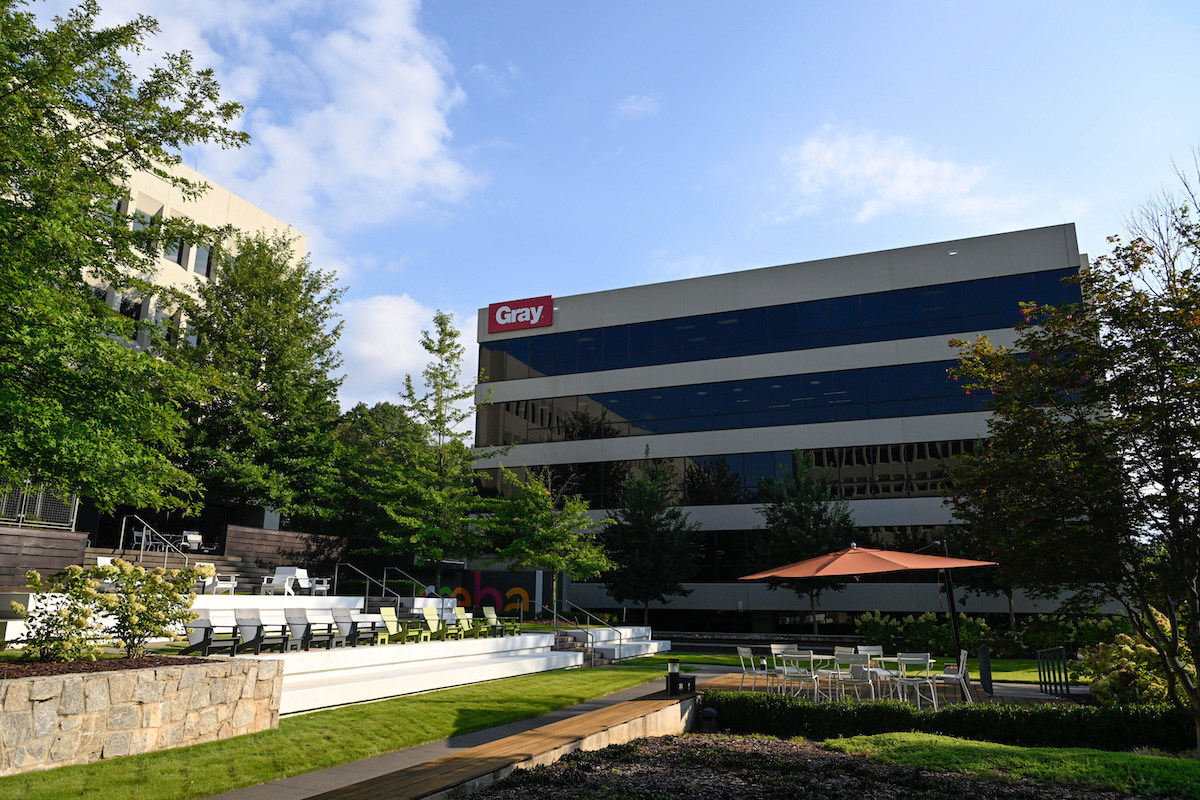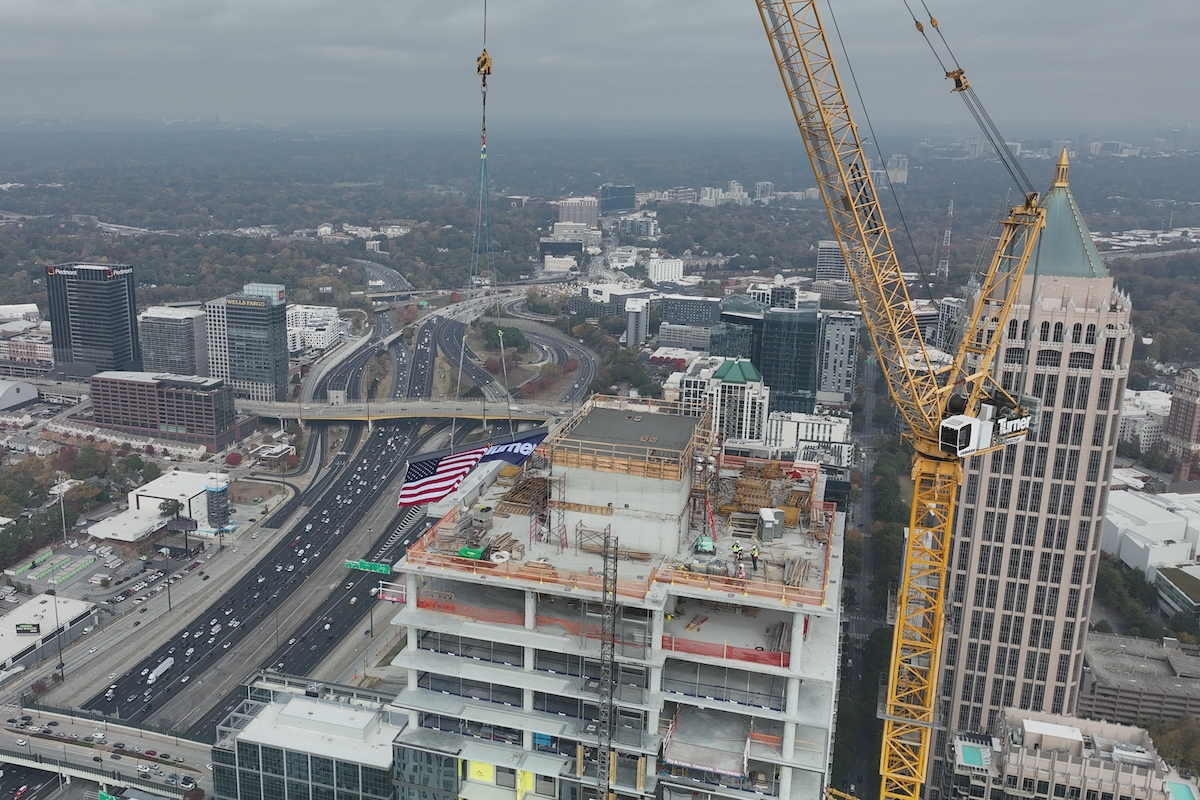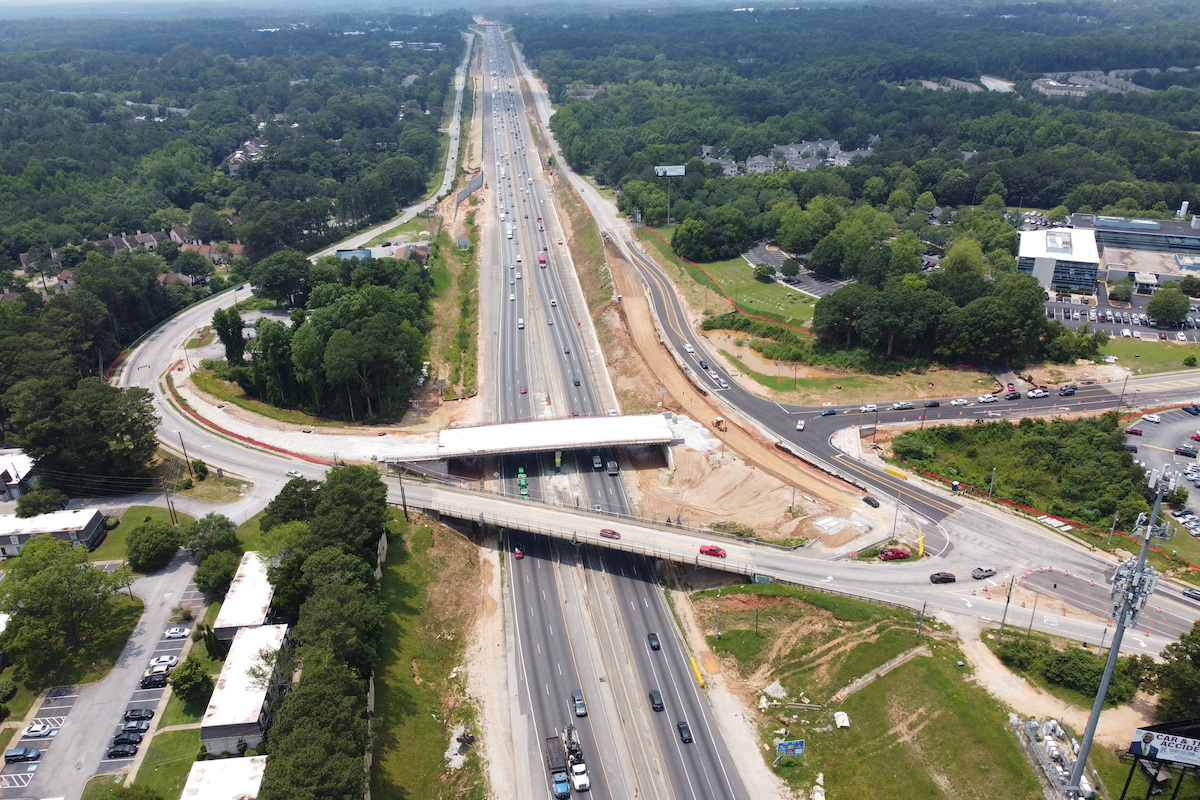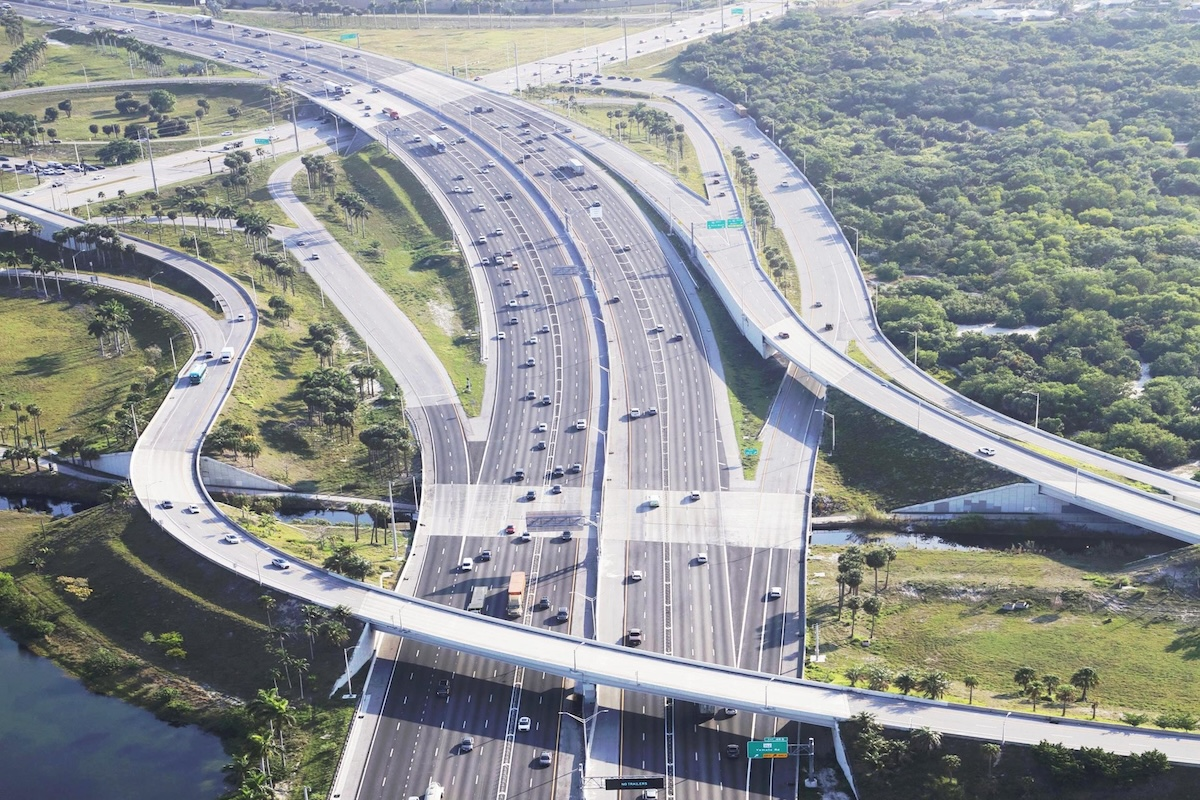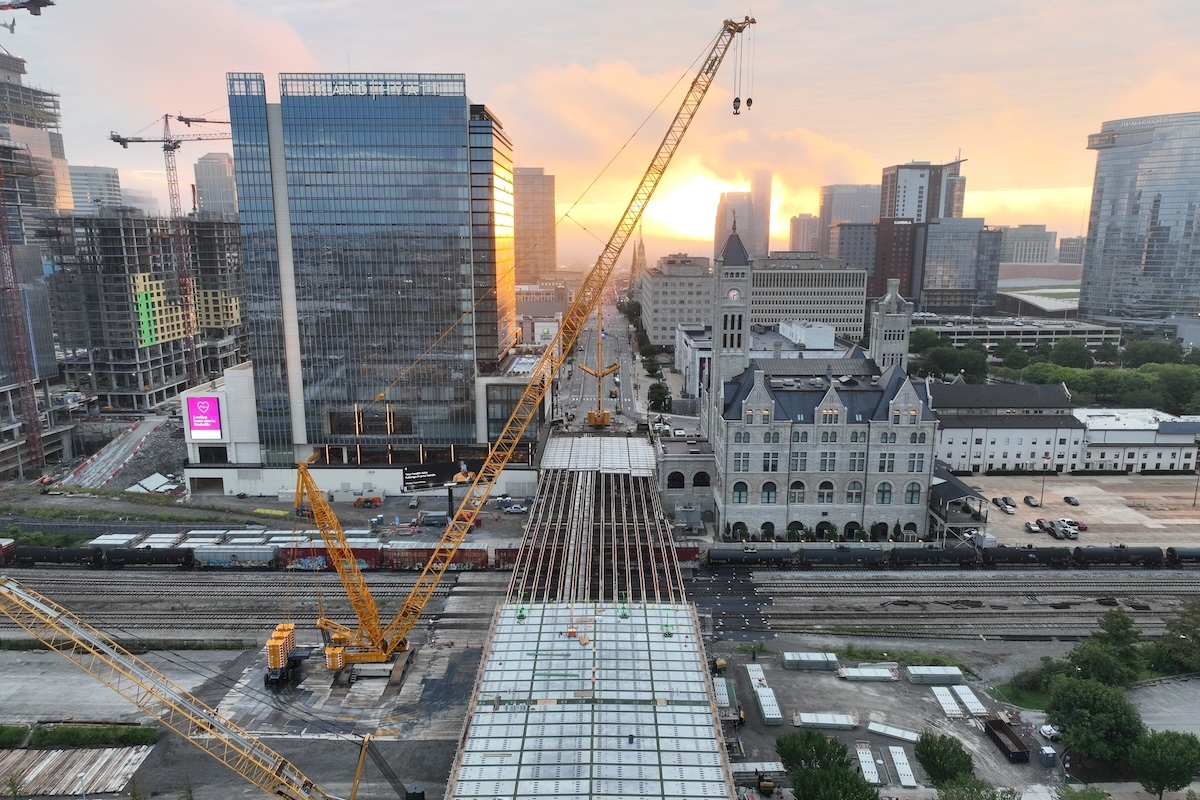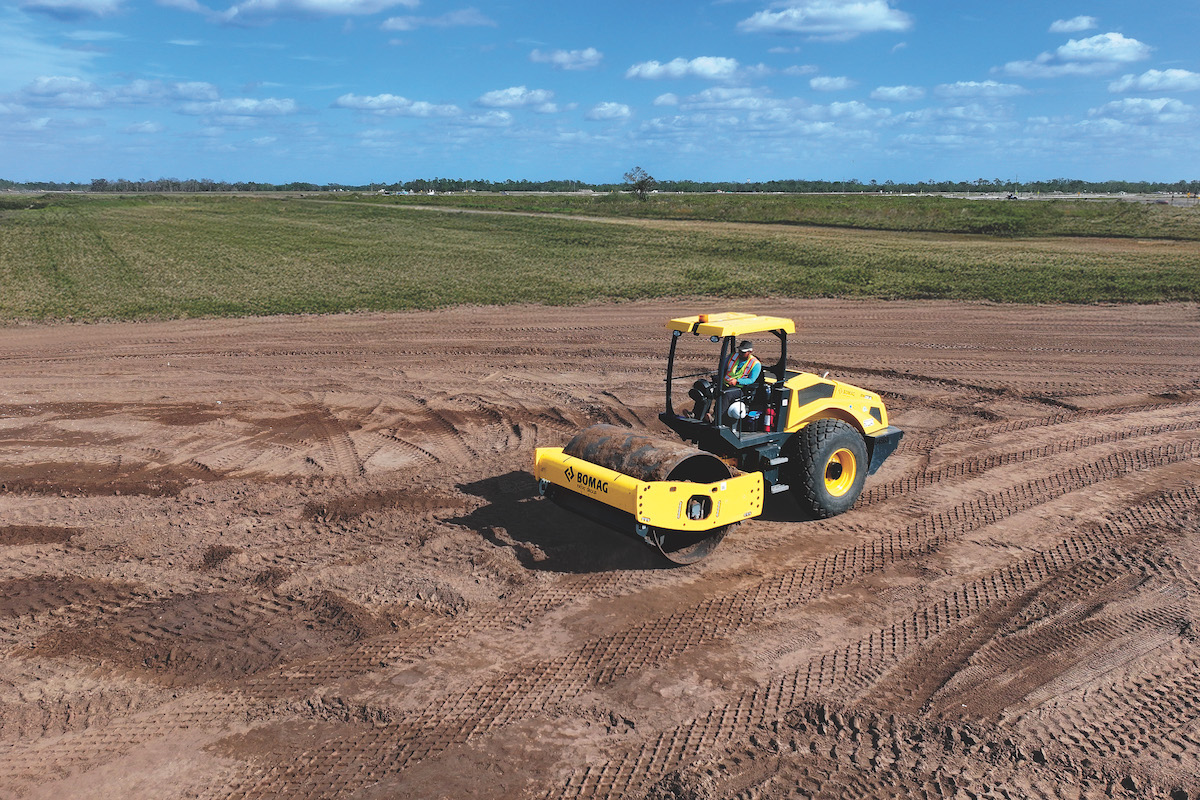Located in southern Alaska, Anchor Point has a population of approximately 2,000. The city is on the Anchor River, which has access to Cook Inlet, which feeds into the Gulf of Alaska. The Anchor River Bridge crosses over the river, is connected to the Old Sterling Highway, and has an average daily traffic count of approximately 1,400 vehicles. Users of the bridge include both recreational and commercial fishermen. The area is also home to aggregate and rock quarries, so vehicles heading to and from the quarries are also potential users of the Anchor River Bridge.
The original Anchor River Bridge is a 1.5 lane through-truss bridge and was installed in 1942. Over the years, the DOT&PF has retrofitted the Anchor River Bridge several times to extend its usable lifespan. Despite the retrofits, the bridge has load and height restrictions. When vehicles exceed either of the limits, they need to take a 15-mile detour. Another issue is that the Old Sterling Highway experiences seasonal flooding across the roadway south of the bridge that is due to the elevation of the road and the proximity to the floodplain of the Anchor River.
“The bridge hit the end of its useful life span in terms of retrofitting versus replacement,” says Greg Shearer, a Construction Project Manager with the DOT&PF. Shearer's role on the project includes overseeing the field staff and managing the financials.
The style was chosen for both scheduling and environmental reasons. Because it spans the entire river without any piers in the water, it does not impact the river habitat and fish. The bridge is being built shoulder to shoulder with the original Anchor River Bridge. This eliminates the need to construct a temporary bridge used by traffic during construction and allows the contractor – Tutka, LLC of Wasilla, Alaska – to maintain traffic on the existing bridge while building the new bridge off to the side.

| Your local Wirtgen America dealer |
|---|
| Dobbs Equipment (DXC) |
To eliminate flooding that occurred on the original bridge, the new bridge will be 10 feet higher at the southern abutment. To accommodate for the slight move, bridge widening, and elevation, the team is doing some road realignment as well as raising the road. With the realignment and raised roadway, there will be an increase in vehicle sight distance, allowing users to see each other better while on and approaching the roadway. The water on the bridge and highway will also be eliminated.
Just off the river is the Silverking Campground. The area sees many hikers, bikers, and other pedestrians. Due to the height of the old bridge, pedestrians had to go over the road to get around the bridge. Besides elevating the new, the team is installing a new gravel trail, that will pass under the bridge. It will connect the Silverking campground to the existing trail on the east side of the highway that extends along the Anchor River to popular fishing and recreational areas.
Because pedestrians will avoid the road, safety will be improved. “Whenever we can make safety improvements, we look to do them,” Shearer says.
Getting equipment to the area and manipulating it around the work site was also challenging. The height and weight restrictions of the original bridge made moving the equipment from one side of the bridge to the other time-consuming. “To avoid this, we phased work,” Shearer says. They did one side of the bridge and then the other side rather than simultaneously. “It required reconsidering the phasing plan and thinking about where construction materials and equipment needed to be and when.”
The team ran into some issues with sourcing and shipping materials due to the supply chain. This impacted the schedule, forcing the team to adjust to keep pace. There are no major steel plants in Alaska, so the girders were shipped up from the lower 48 states. Once they were in Alaska, the girders were transferred to trucks and brought to the site.

| Your local Gomaco dealer |
|---|
| Ring Power Corporation |
Because of the worksite’s tight space, the team could not use a typical pile driving operation setup of a crane with a pile hammer. Instead, they used a tracked drilling rig that has a smaller footprint. This allowed the contractor to work around the pile driving operation and continue construction items to save on the construction schedule.
To launch the girders, the team used a 600-ton crane. There were issues related to pile driving the abutments as the team ran into some unforeseen circumstances. “The rock encountered was larger than we anticipated so we had to do extra pre-boring,” Shearer says.
Tutka, LLC, who was awarded the contract as the low bidder, has worked with the DOT&PF previously. They have completed projects, know how to phase, and are highly regarded.
The project began in March 2021 and was schedule for completion in summer 2023. However, as of publication, the project is scheduled to be complete in this summer.
How did the team manage to cut a year off the construction schedule? Shearer lists a few reasons. When there were delays in receiving the prefab materials, the team changed the critical path and always looked to keep the project moving. In addition, the staff and contractor worked long hours when materials did arrive to play catch.

| Your local Bomag Americas dealer |
|---|
| Linder Industrial Machinery |
The biggest issue – the weather. “A big unknown in Alaska is when does winter hit?” Shearer says. The team was able to pave later into the year than normal in 2021 allowing them to get traffic on the new bridge that winter. “If we didn’t pave before winter, then we would have to keep traffic on the old bridge, which would have added multiple months to the project.”
With the new Anchor River Bridge in place, motorists and pedestrians are enjoying the benefits. The bridge is up to standards meaning no more height or weight restrictions or detours for some traffic. Flooding in the area due to the bridge is being eliminated, and pedestrians have a safer route. All this a year early – that’s efficient government work.


















